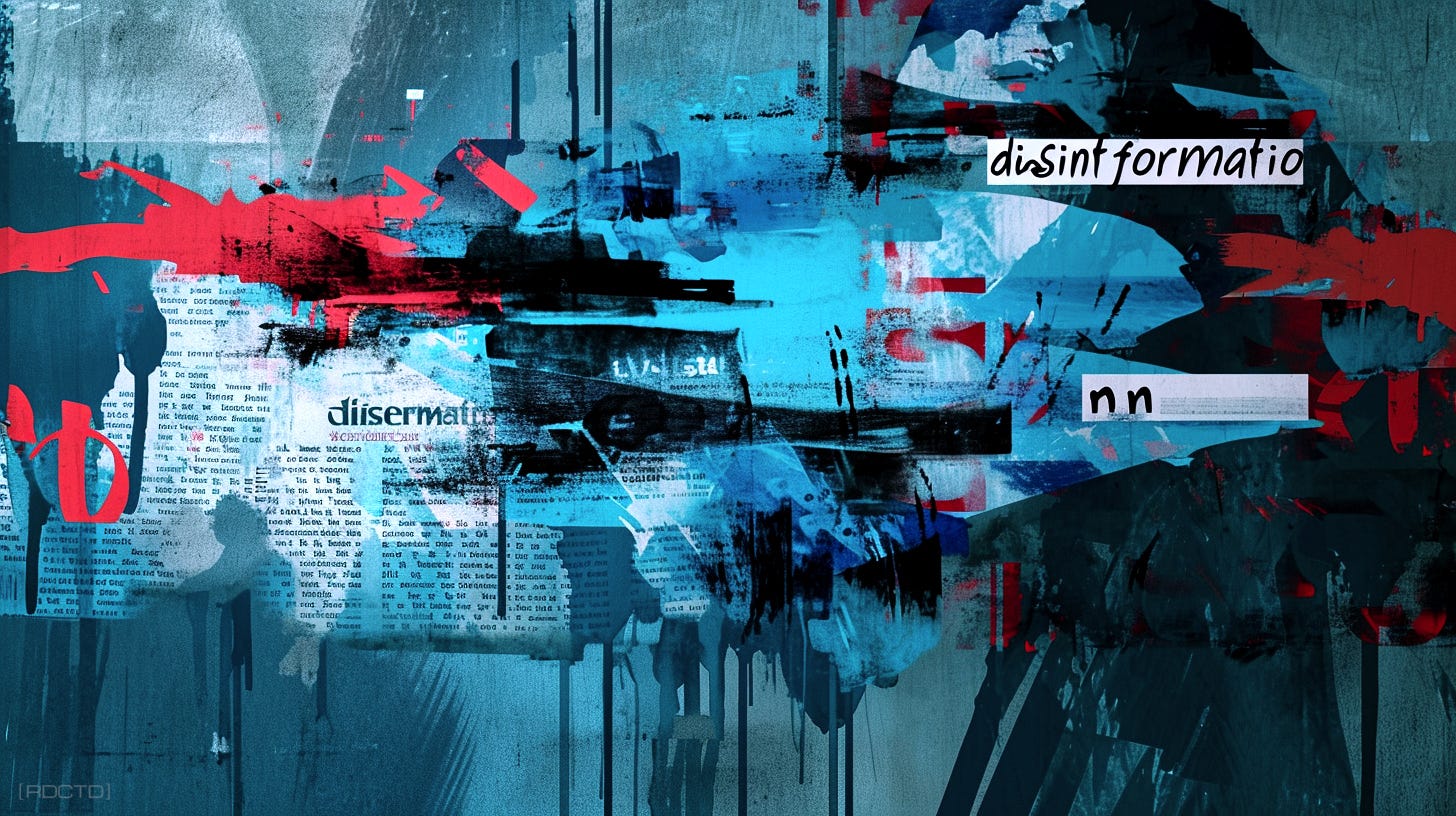Recognizing and Countering Disinformation: From an Operative’s Perspective
The ability to discern truth from falsehood is a critical skill, and this guide aims to equip you with the tradecraft necessary to recognize and counter disinformation effectively.
In the complex work of intelligence and covert operations, discerning the truth from a web of lies is crucial. Disinformation, a tool often used by adversaries to mislead, confuse, or manipulate, is not just confined to the realm of international espionage.
In our daily lives, we encounter disinformation in various forms, from misleading news articles to manipulated social media posts. Understanding how to recognize disinformation is a skill that draws heavily on tradecraft, the art and science of intelligence work.
Disinformation is intentionally false or misleading information spread with the purpose of deceiving. It’s important to differentiate it from misinformation, which is the spread of false information without intent to mislead.
Origins and Intent
Operatives are trained to look at the source of information and its intended purpose. Disinformation often originates from entities with a motive to mislead – this could be a foreign government, a corporation, or any group seeking to sway public opinion or policy. Understanding the agenda behind the information is key.
Common Tactics
Fabrication: Completely made-up information, often sensational, to attract attention or create a specific narrative.
Manipulation: Twisting facts or taking them out of context to serve a particular agenda.
Impersonation: Pretending to be someone else to give false information credibility.
Selective Omission: Deliberately leaving out key facts to shape perception.
Identifying Disinformation
Analyzing the Source
Credibility: Evaluate the credibility of the source. Does it have a history of accuracy? Is it known for biased reporting?
Ownership and Funding: Understand who owns the source and where their funding comes from. This can reveal potential biases.
Evaluating the Content
Cross-Reference: Check the information against multiple sources. Operatives rely on cross-referencing to verify facts.
Check for Evidence: Are there supporting documents or credible sources backing the information?
Emotional Appeal: Disinformation often tries to evoke strong emotions to bypass rational analysis.
Consistency: Check if the information is consistent with what is known and verified.
Technical Tools
Fact-Checking Websites: Utilize these to verify the authenticity of news or viral claims.
Reverse Image Search: For photographs, use tools like Google Reverse Image Search to find the original source or context of an image.
Countering Disinformation
Keep reading with a 7-day free trial
Subscribe to Covert Operative Guide to keep reading this post and get 7 days of free access to the full post archives.




